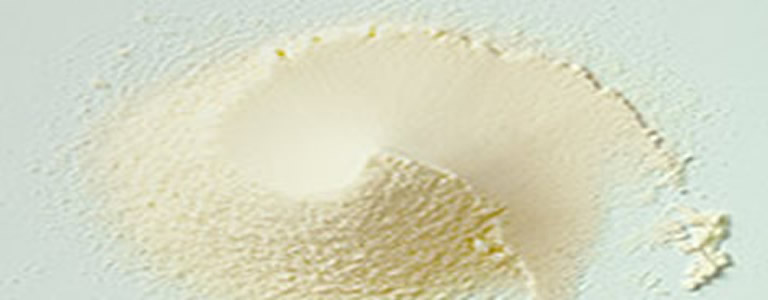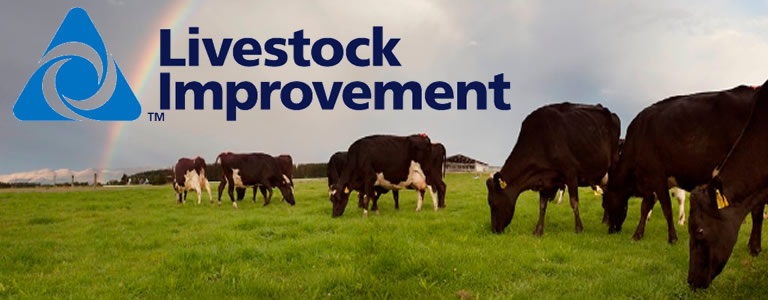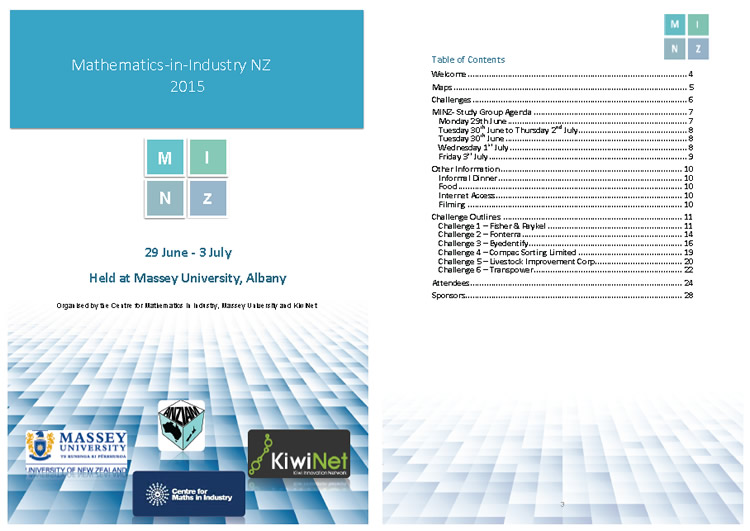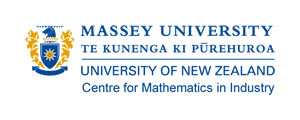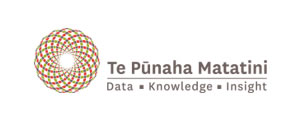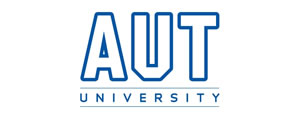Mathematics-in-Industry NZ (MINZ) events offer a collaborative approach to industry problem solving, where mathematical scientists tackle real life problems shared by companies.
2015 Events details:
What: Inaugural Maths-In-Industry NZ
Where: Atrium Building, Massey University, Albany, Auckland
When: Monday 29th June - Friday 3rd July, 2015
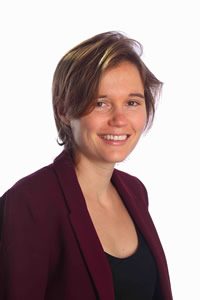
MINZ was delighted to host Dr Maria Bruna from Oxford University as the 2015 Plenary speaker.
Maria Bruna is a Junior Research Fellow in Mathematics at the University of Oxford. After undergraduate training in mathematics as well as industrial engineering at the Universitat Politècnica de Catalunya (UPC) in Barcelona, her hometown, she received a DPhil in Applied Mathematics from Oxford under the supervision of Jon Chapman for work on stochastic models of diffusion.
Her research interests lie in the stochastic modelling of interacting particle systems, in particular to explain how individual-level mechanisms give rise to population-level behaviour in applications in biology and ecology. Her research uses perturbation methods, asymptotics and numerical approaches to study applied questions in biology, fluid dynamics, nonlinear partial differential equations and porous media.
She has been an active participant in the European Study Group with Industry (ESGI) series. She also attended a MISG workshop in Melbourne back in 2011, working on a problem posed by New Zealand Steel.
2015 Key note abstract
Industrial mathematics: the answer to a dilemma between academia and industry.
I’ve always struggled to decide whether I wanted to be a mathematician or work as an engineer in industry. On the one hand, the elegance of maths and perpetual learning of academic world; on the other, the excitement of the problems of the real world and making a difference. A dilemma that accompanied me during my undergraduate years in Barcelona, when I decided to study two degrees, one in mathematics and another in industrial engineering.
I only realised that there is in fact no dilemma, and that one can take the best of both worlds, when I moved to Oxford. I studied applied mathematics and learnt about workshops and study groups with industry. Since then, I have been involved in several study groups with industry in the U.K., Europe and in Australia and worked on many interesting real world problems calling for new mathematics.
I will tell you a bit about two of these problems. The first problem, concerning the post-operative procedure in macular hole surgery, was suggested by an ophthalmologist in Oxford. The second problem, in partnership with Dyson, the vacuum cleaner company, concerns the optimisation of filter microstructure to avoid premature clogging and maximise filter efficiency.

NZ’s national network of Universities, Crown Research Institutes and Entities

Accelerates commercialisation of innovation by firms in New Zealand

